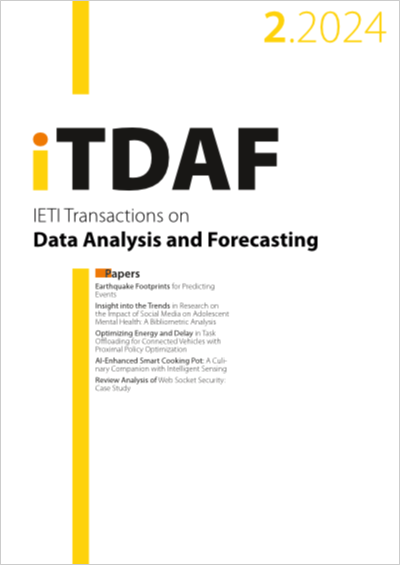Earthquake Footprints for Predicting Events
DOI:
https://doi.org/10.3991/itdaf.v2i2.50555Keywords:
earthquake, footprint, predict events, cluster, frequency gridAbstract
This paper considers the problem of predicting earthquakes. It uses a small amount of information to create a descriptive key that can be used as a footprint to describe an event. A frequency grid clusters events that occurred at the same time and then the algorithm averages the history of these events over preceding days, in particular the gaps when the events did not occur. The gaps are measured for the clustered events only and can be used to create a description that is quite unique. Results suggest that seismic events can in fact be traced using this key and subsequently recognised again, if the same conditions reoccur. They also suggest that force direction may be more important than magnitude, for this type of earthquake. Greek and USA datasets have been looked at and the prediction accuracy can be 70% or better. The author therefore suggests that this is an interesting method that deserves attention.
Downloads
Published
How to Cite
Issue
Section
License
Copyright (c) 2024 Kieran Greer

This work is licensed under a Creative Commons Attribution 4.0 International License.


